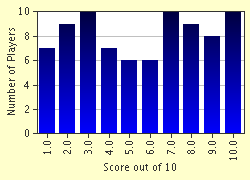Quiz Answer Key and Fun Facts
1. This site is attributed to the Giant King Og. It consists of circles of rocks like Stonehenge, England. It was not excavated until after the Six Day War. This site was known in Arabic as Rujm el Hiri- "Cat's foot" but in Hebrew it's called_______________ meaning "Giant's Circles".
2. Here in this city in the Golan you can find the remains of this ancient synagogue that bears the city's name and the Talmudic Village.
3. What was the name of the largest Syrian town in the Golan Heights until 1967- The Six Day War?
4. This Israeli National Park holds the remains of the largest Byzantine monastic complex in the north?
5. This site, located in a national park, is known as 'The Masada of the North'?
6. Mentioned only once in the New Testament as Caesarea-Phillipi, this place is more commonly known as ___________________________?
7. This city was known by several names all identifying it with a horse. These names include Sussita in Aramaic, Kal'at el-Husn in Arabic and, probably the best known, the Greek name ____________________?
8. Not much is really known about this natural wonder, but it is thought to have been a volcanic crater that filled with water.
9. This castle gets its name from a biblical hunter, but he never spent a day in it!
10. This mountain is Israel's tallest and forms the border in the extreme north between Israel, Lebanon and Syria.
Source: Author
dovbear
This quiz was reviewed by FunTrivia editor
minch before going online.
Any errors found in FunTrivia content are routinely corrected through our feedback system.

